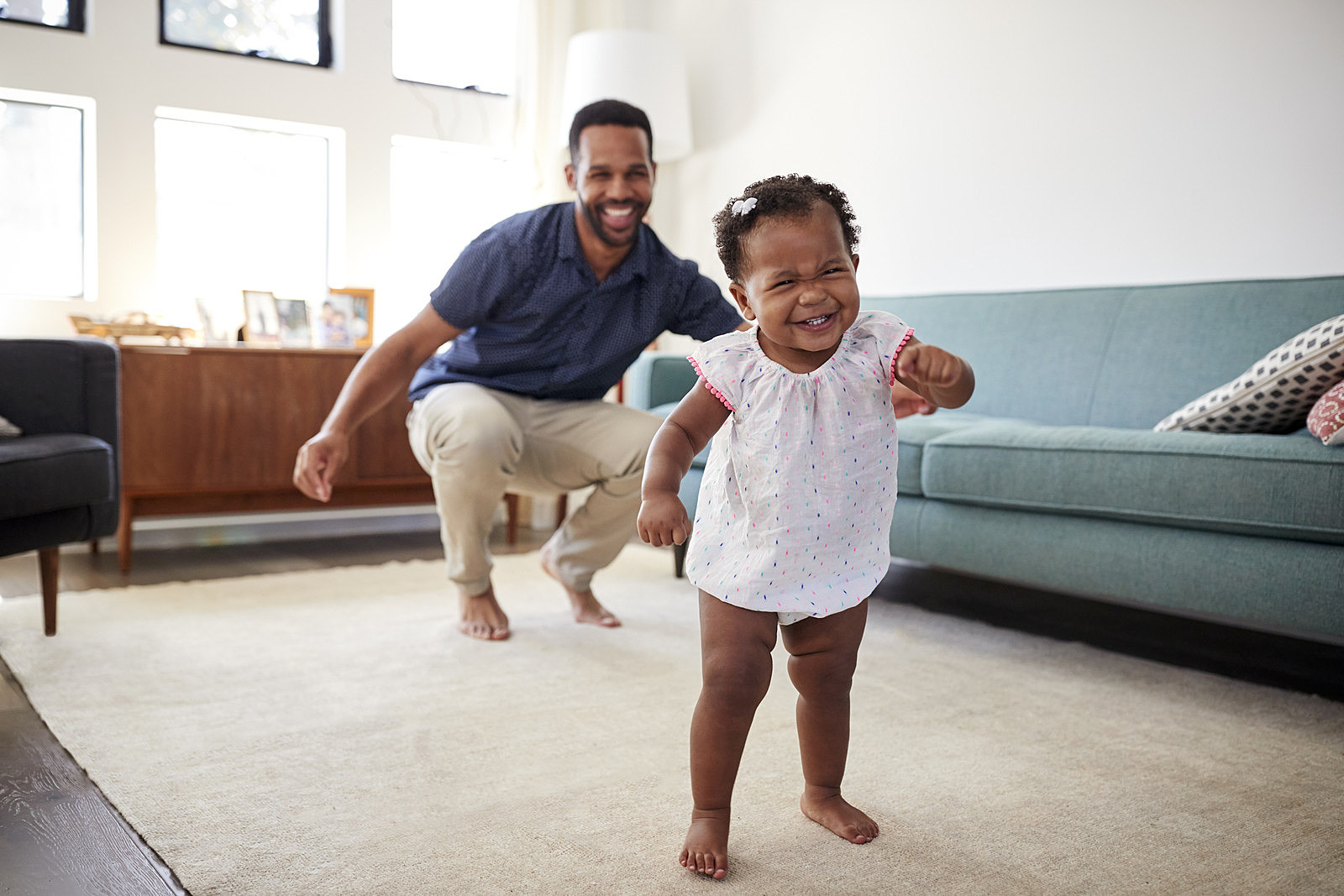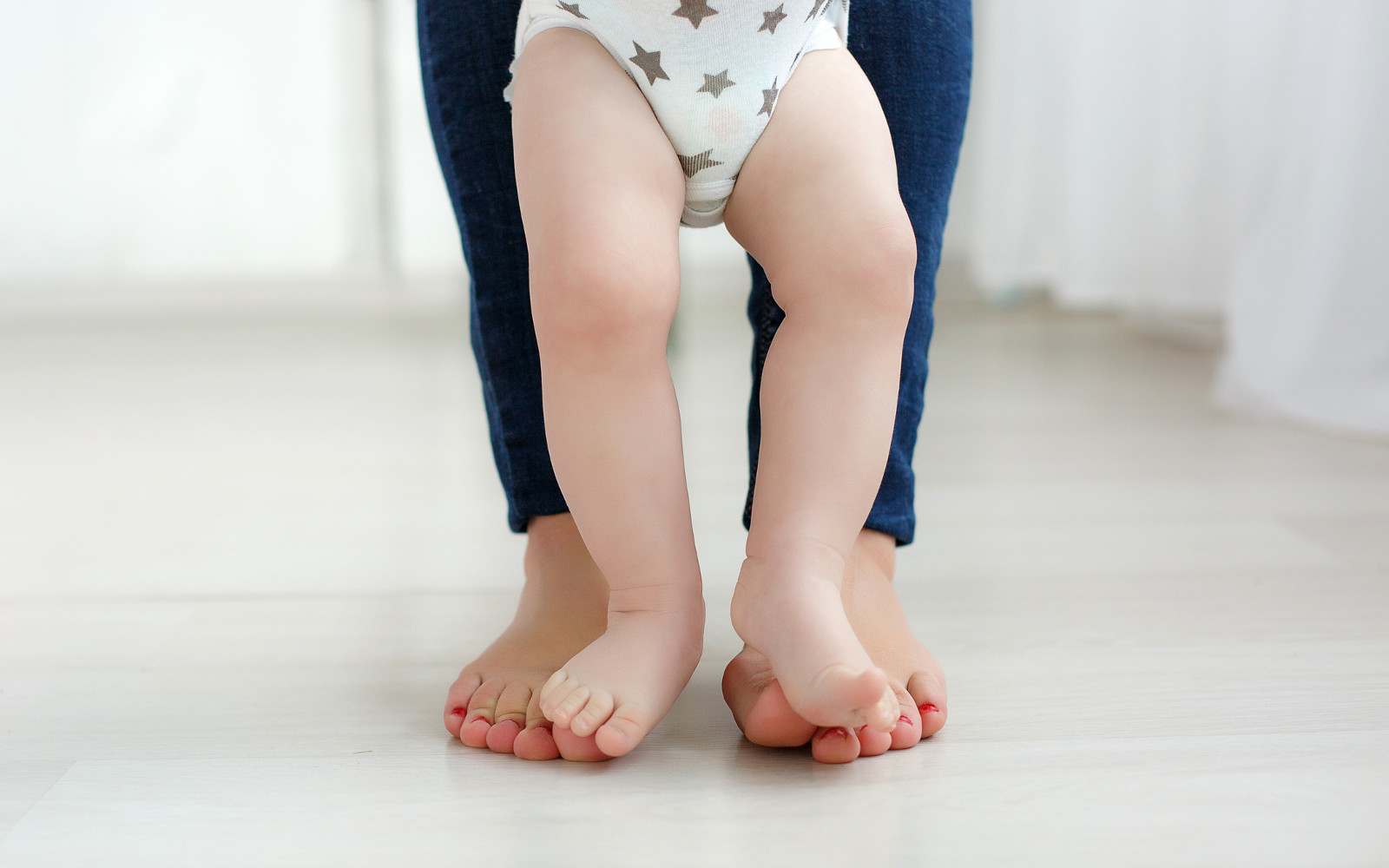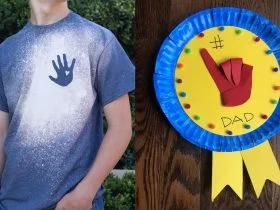Every new parent is excited about his baby’s firsts. The first smile, the first sitting up without assistance, the first crawl, saying “dada”, “mama”, and the first time walking without assistance. What are the signs baby will walk soon? Should you get excited about your baby’s first walk? Get ready to film it.
Walking without assistance is one of the biggest game-changing developmental milestones for babies and parents. Walking is greatly anticipated by parents as a huge infant achievement. When your baby starts walking alone, it is a sign your little one is transitioning from baby to toddler zone.
Today, we will address all of the questions you might have about those adorable and wobbly steps your baby will take. When it is time for walking without assistance? Is your baby behind schedule? What are the early signs baby will walk soon? Let’s discuss everything.
Reader's Roadmap
When Do Babies Start Walking?
According to The National Center for Infants, Toddlers, and Families, most children began walking between 11 and 14 months of age. Yet, you have to remember, every newborn baby is different. Some start walking earlier, while others are later than that.
When babies are born, their leg muscles are ill-equipped to carry the weight of the body. So, your baby needs to develop its leg muscles first, and then start walking on its own. Usually, babies take their first few steps within a year.
But at this period, your baby will still be clumsy and it can take a few more months to start walking without assistance.
Sometimes, babies do not start walking on their own before 18 months of age.

Signs To Look For
So, what are the signs baby will walk soon? We are sure you are paying close attention to these signs and getting ready to film the amazing achievement. With so many mobile phones nowadays and cameras, you can instantly start your shutter and take photos and videos of your baby’s first walk.
With that in mind, here are some of the obvious signs your baby will walk soon.
Pulling Up To Stand
When your baby starts pulling up on furniture to stand, you can be sure he is getting ready to walk. This means the baby’s muscles and coordination have improved and are almost ready for free walking.
Pulling up to stand boosts the muscles and coordination. Think of it as a baby squat. It is a mini workout that will get your baby ready to stand independently and then start walking.
You can even encourage their movement by saying “up” as your baby pulls up and down as it squats down.
Bouncing Up And Down
Speaking about up and down, bouncing up and down is another clear sign your baby is ready for its walk.
Babies that are ready to walk do not sit still for a long period. They are eager to use their leg muscles and prepare for their first steps. They show you this by bouncing.
At this period, your baby will no longer simply sit in your lap. Instead, your little one will try to stand on your thighs and push up and down using its legs.
You can get a baby jumper to further encourage this bouncing and preparation for walking.
Adventurous Spirit
If your baby is becoming a daring adventurer, you know it is ready for walking. You will start noticing your baby is changing its position in a matter of a second. One second it is standing on top of the couch and smiling.
This will definitely put you on an accident alert and catcher’s duty. But it is a developmental signal that your baby is confident about trying new things. Among those, taking its first step toward the toddler phase.
Overcoming Obstacles
As we said before, babies need to prepare their leg muscles. In the beginning, their muscles are ill-equipped for walking on two legs.
Another obvious sign that your cute child is trying to walk is when it starts overcoming obstacles by going over them. He is one step closer to walking. You will notice your baby is using its leg muscles and strengthening them in the process.

Cruising Around
The term cruising refers to when a baby is walking while holding onto objects. For example, holding the coffee table to move around and lean from one object to another and work the room.
Your tiny kid is learning how to shift weight and balance while taking steps. This will also prepare your baby for propelling forward, which is another requirement for walking without assistance.
You can encourage and promote cruising by creating a path of safe objects for your baby to grab. But take caution with objects that are not safely secured to walls or on the ground.
Fussiness
Sadly, you will have to go through this phase again. If you remember the times of teething, it is all over again. Babies get fussier when they reach a new milestone.
Usually, fussiness is displayed during mealtime. So, when you notice your baby is suddenly becoming a pickier eater, it is a signal he might be a walker soon.
Changing Sleep Patterns
Your soon-to-be walker will change its sleep patterns. Your child will be snoozing a lot more than usual. This often happens around 10 or 11 months of age, just as the baby is going through its growth spurt and getting ready for walking.
Walking is a big developmental milestone. As such, it is accompanied by other developmental leaps. You can say it is because your baby’s brain and body are working double time.
Handholding
Once your baby is confident it can get up without support, it will try to walk immediately. But as most of us know, it takes time. Think of it like riding a bicycle. You are likely to fail on the first attempt.
So, this is why babies will look and reach for your hand.
Transfer Weight From One Foot To The Other
This is the final step before learning how to balance on one foot and walk independently. It takes a bit more leg strength. But you will notice your baby has its knees locked for a while and trying to lift its feet off the ground.
The knees will bend as your baby is trying to shift full weight from one foot to the other.
Standing On Its Own
You will love the look on your baby’s face the moment it stands alone for the first time. It is one of those accomplishments that you just eagerly wait for. And at the same time, it puts an ounce of fear into you.
But at this moment, babies have the balance and stability to stand on their own and they test the waters for a few seconds. They will gradually stand for longer periods of time. This will boost their confidence and get them ready to take a step further.
You can slowly count for as long as your child stands. This will make for a fun learning activity and bonding time.
Tiring Out Quickly
You can notice your baby is getting ready to walk when it tires out quickly. All the rolling, crawling, sitting, pulling up, cruising, and more, can take a toll on a little body.
So, tiring out is one of the last signs baby will walk soon.

How To Encourage Walking
We talked at each segment about how to encourage the particular activity and encourage walking. But let’s take it a step further and see how you can promote walking.
- Praise your baby. Watch for cues that your baby is ready to advance, and praise every achievement. Your baby will love the sound of your praising voice. Also, offer help when needed and sit back with a smile
- Be ready for falls, and comfort a fall. These are inevitable, so be there to help your little one get up again after a fall
- Add challenges and milestones for your baby. If your baby has mastered walking on flat surfaces, add a challenge by walking up and down a ramp on a safe and uneven surface. It will help your baby build balance and coordination
- Help your baby walk independently by improving and raising the difficulty level. Start by holding your baby with both hands, and then use only one, and then let your baby grab onto your clothes
- Allow your baby to wear comfortable clothing, as too much or tight clothing will constrict the limbs
What You Shouldn’t Do
Every new parent wants his baby to defy all statistics and start walking sooner than others. It is a competitive world after all. You can encourage walking in a positive and safe way. But there are things you should avoid.
For starters, do not use baby walkers. Even The American Academy of Pediatrics recommends strongly against infant walkers because they are a dangerous cause of infant injury
Then, avoid pushing your own developmental milestone goals. A lot of parents make the mistake of pushing children to achieve goals before they are ready to do something at their own pace. It will result in a negative experience, or God forbid, in an injury that will delay walking.
What If Your Baby Doesn’t Walk?
Pediatricians suggest that most of the time, the guilt and problem are in the environment, or the parents. This happens when both parents are working and do not have time to encourage their baby to start walking.
Or, the other extreme is when parents treat the baby on par with royalty. They carry their baby everywhere, which doesn’t allow for the baby to work its muscles.
As a parent, your role is critical in the development of your baby. Only the right approach will yield results.







Leave a Reply
View Comments